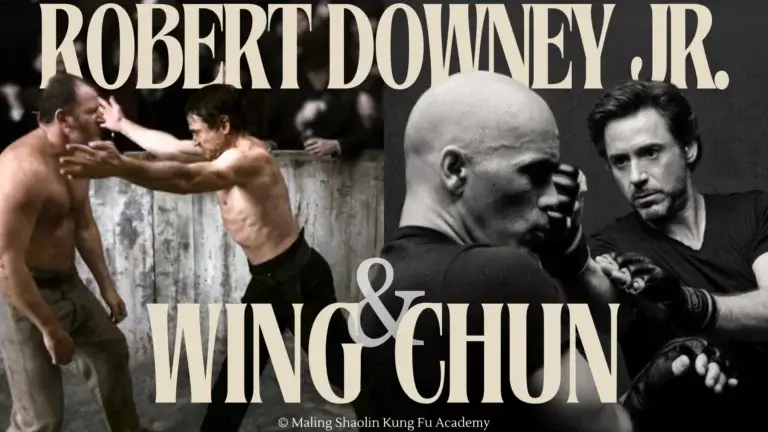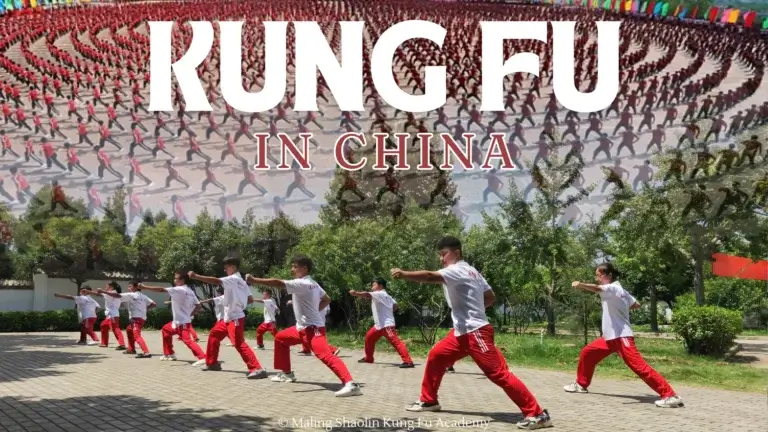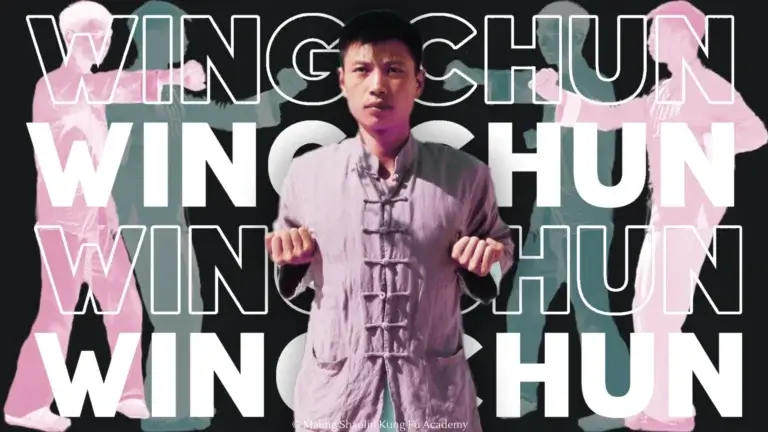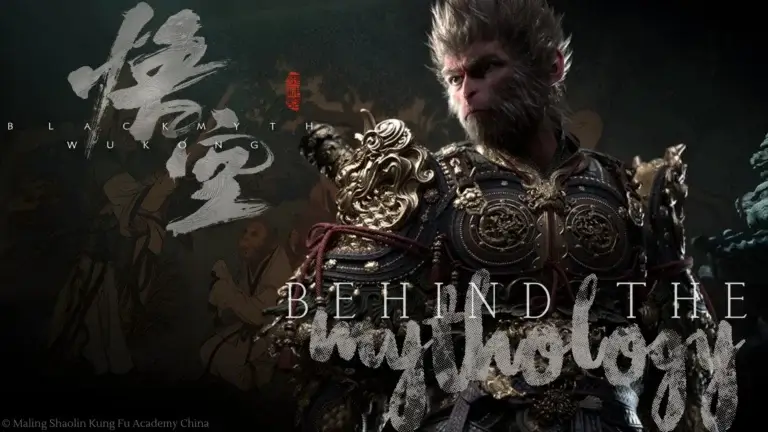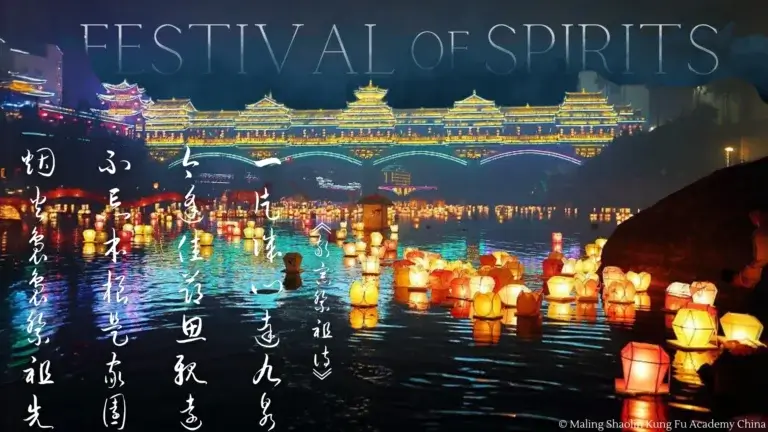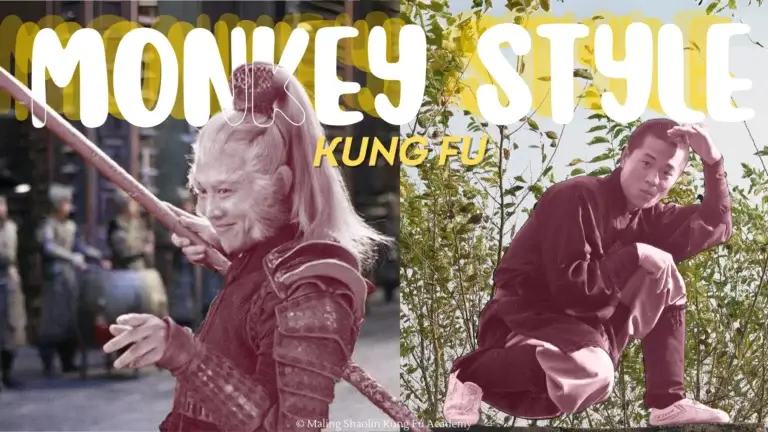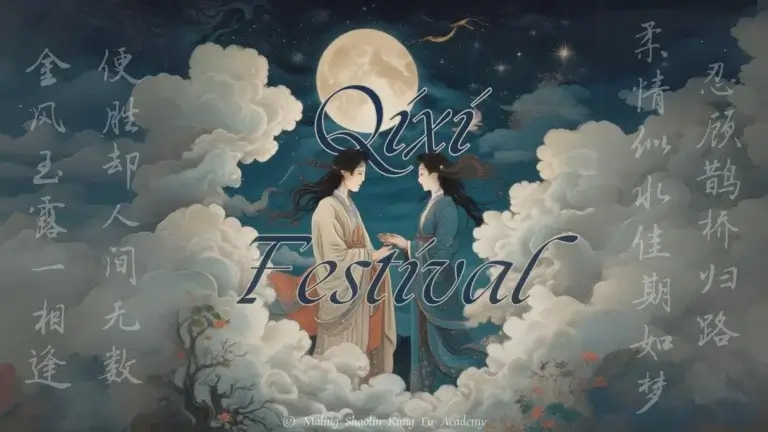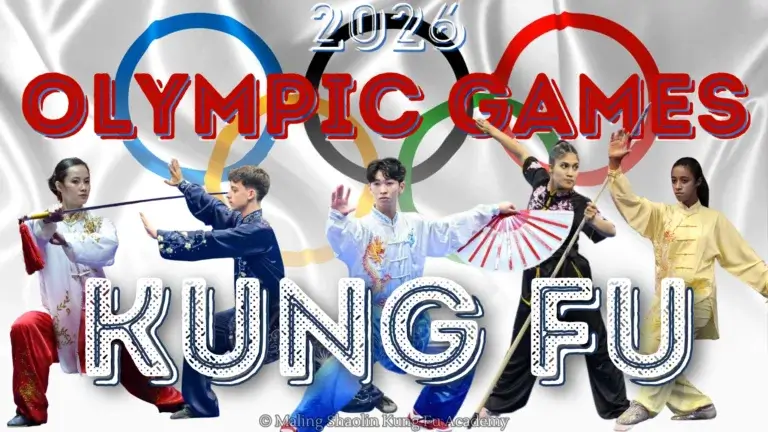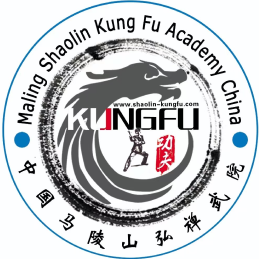Luoyang: Cradle of Chinese Civilization and Heart of Ancient Dynasties

Luoyang, located in the western part of Henan Province, holds a prestigious place in Chinese history as one of the country’s Four Great Ancient Capitals (中国四大古都). Known as the "Cradle of Chinese Civilization," Luoyang is one of the oldest cities in China, with a history spanning over 4,000 years. It has served as the capital for 13 different dynasties, including the Eastern Zhou, Eastern Han, and Northern Wei, among others.


